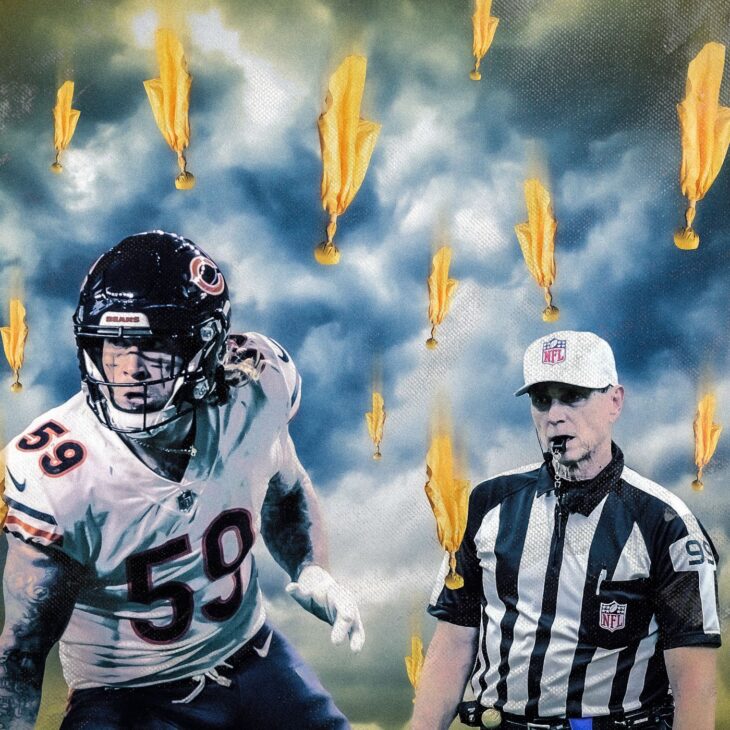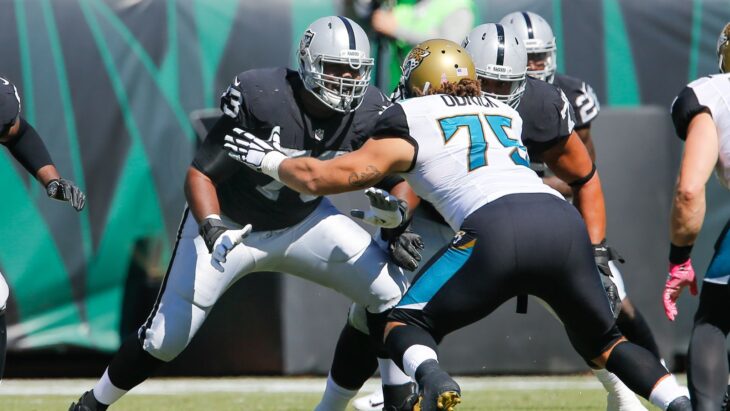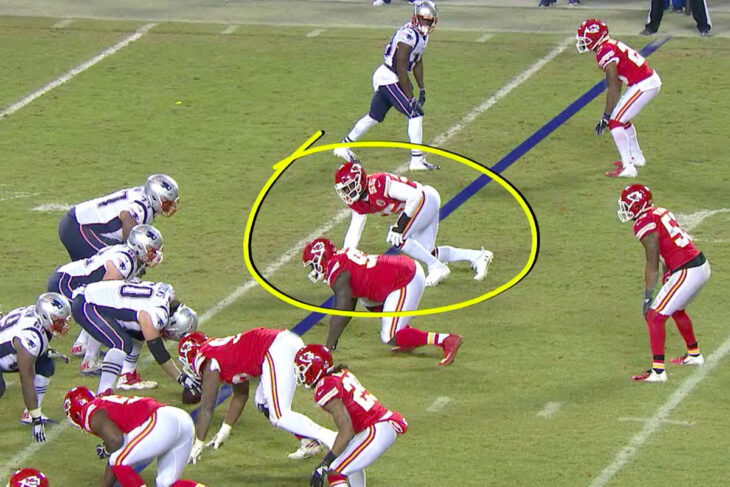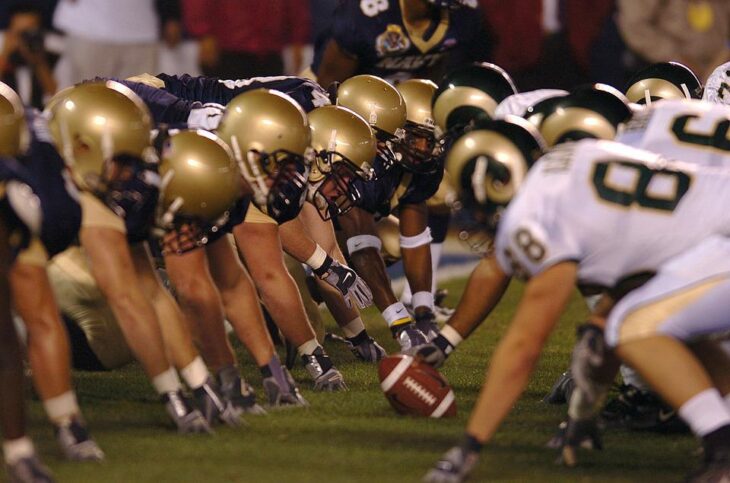Tempers flare when your favorite teams play in the NFL. Of course, this is not unnatural, given that football is an intensely emotional game.
Aside from the emotions, a lot of money is involved in modern NFL games as bettors invest significantly in their teams winning on sites like https://www.telecomasia.net/sports-betting/bonuses/free-bets/.
With so much at stake, it is critical for an umpire like the referee to enforce the rules in gameplay. This explains why you see NFL referees are the no-nonsense type, not relenting in calling out infractions and awarding penalties.
But you must have wondered: what can be penalized in NFL?
Contents
Let us start with how the role NFL referees play

Source: theringer.com
During an NFL game, there are seven officials on the field of play. The officials are the Back Judge, Side Judge, Line Judge, Field Umpire, Down Judge, and Match Referee.
Even though all of these officials are called “referees,” there is only one official referee. His white cap distinguishes him, and he has the last say on penalty calls.
Although other officials can still call penalties, he works closely with them to verify that all the calls are correct.
Types of penalties in the NFL
Alright, having established the authority of the referee, let us look at the types of offenses in the NFL that he can call out.
1. Offense: Holding (Offensive)

Source: sbnation.com
This is when an offensive player uses his body to stop a defensive player from tackling the ball carrier. If you use grabbing and holding, that is not legal. Proper way of blocking is with the so-called technique ‘’open hand’’ which means you will not inflict movements of opposition with your hands, just slight touches are allowed.
Penalty: The team at fault must retreat 10 yards away from the end zone as determined by the line of scrimmage.
2. Offense: Holding (Defensive)
This is the flip side of the aforementioned offense. Here, a defensive player uses his body to stop an opponent instead of the ball carrier.
Penalty: The attacking team will be allowed to advance 5 yards towards the end zone as determined by the line of scrimmage. They will get a first down from this new scrimmage line as well.
3. Offense: Encroachment
This is when a defensive player goes past the scrimmage line and comes in contact with an attacking player before the attacking team snaps the ball.
Penalty: The attacking team will be allowed to move 5 yards to the end zone as measured by the scrimmage line.
4. Offense: Offside

Source: businessinsider.com
This is when a team member moves across the line of scrimmage before play starts. It is commonly called a false start.
Penalty: Unlike other penalties, the referee can allow the play to continue. When a down ends, the other team can choose to move 5 yards towards the end zone as determined by the initial scrimmage line or to continue play.
Most times, the success of the down determines the team’s decision. Look into the schedules of your favorite teams, like the Raiders schedule, and plan a trip to a few exciting upcoming games in person.
5. Offense: Pass Interference
Suppose Player A throws the ball to Player B, and Player C from the opposing team makes contact with Player B, preventing him from receiving the ball. In that case, Player C will be penalized for a Pass Interference violation.
Penalty: If the defense is at fault, the offense will have an automatic first down from the occurrence spot. Vice versa, the offense will move back 10 yards from the end zone as determined by the scrimmage line.
6. Offense: Game Delay
This is when a team member delays the game or holds up play for reasons such as time-wasting.
Penalty: Depending on the severity of the situation, the member can get suspended from the game. Alternatively, the team at fault will retreat 5 yards as determined by the line of scrimmage.
7. Offense: False Start

Source: oyapredict.com
A false start occurs when an offensive player rushes to the line of scrimmage or makes a sudden movement before the snap that simulates the start of play.
This happens only before the snap and after the players have taken their set position.
Penalty: The team at fault must move back 5 yards away from the end zone as determined by the line of scrimmage.
8. Offense: Horse-collar tackle
This is when a player grabs another player by the collar or jersey and drags him down to the turf.
Penalty: This is a cynical challenge and can be punished with suspension if repeated. Alternatively, an automatic first down is awarded to the other team, or they are allowed to advance 15 yards towards the end zone as determined by the scrimmage line.
How to avoid committing penalties as an NFL player
Truthfully, completely avoiding committing a penalty in an NFL game is a daunting task. However, below are some helpful tips to minimize your risk of being in the bad books of the officials.
- Understand the rules of the game.
- Do not let emotions get the better of you.
- Always obey the match officials.
Conclusion
Penalties are frequent occurrences in NFL games. Most times, they are unintentional, while other times, they can be cynical.
However, it takes the mastery of the seven officials to make a penalty call, and the defaulting team is penalized.
This article gives you an insight into the possible penalty calls in the NFL. In addition, utilize the embedded tips to help you avoid being a defaulter.
